The bitter truth behind sugar
I have a fondness for sweets. I grew up in countries where not having dessert happened only when I was either punished or gastrically ill. Eating something sweet after lunch and dinner was simply part of the meal itself. No one would leave the table until dessert was served and the sugar “fix” was delivered. Only then could there be closure, culinarily speaking.
I spent my childhood years in Colombia, where arequipe — today, universally known as dulce de leche — was almost a staple. We scooped it liberally out of its tin at any time of the day and ate it with everything: cookies, cake, fruits, cheese, ice cream, you name it. When I turned 15, I moved to the Philippines and was introduced to all our local succulent and unique pamghimagas, which I’ve learned to love and relish through the years: ginatan, suman, taho, leche flan and, of course, the piece de resistance: halo-halo.
So yes, admittedly there was a lot of superfluous sugar consumption in my day, with little or no knowledge of the severe health risks we would be facing in the near future: Type 2 diabetes, weight gain, high blood pressure, heart and liver disease. There is also a close link between cancer and high sugar consumption.
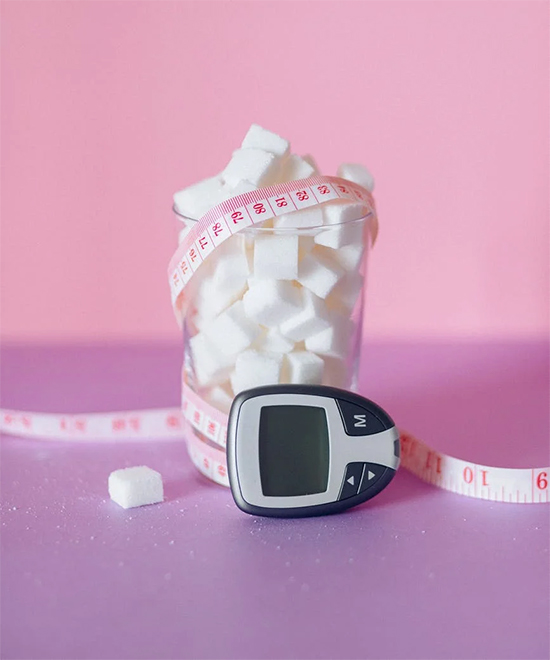
Experts like Lewis Canley, PhD, director of the Meyer Cancer Center at Weill Cornell Medicine in New York, thinks some cancers may start with high levels of insulin, the hormone that controls the amount of sugar in your blood. He says his research shows that “having high levels and spikes of insulin is likely to drive cancer. And what drives insulin levels is sugar.”
The dangers of sugar intake have been controversial throughout the years. British professor John Yudkin sounded the alarm on the noxious effects of sugar back in 1972 in his book Pure, White and Deadly.

He wrote: “If only a small fraction of what we know about the effects of sugar were to be revealed in relation to any other material used as a food additive, that material would promptly be banned.”
His book did well, but the sugar industry, backed by renowned nutritionists, went after him, discrediting his findings and ruining his career. Years later, it has been proven that he was spot-on. Since then, sugar consumption has increased rapidly worldwide, making people sick and obese.
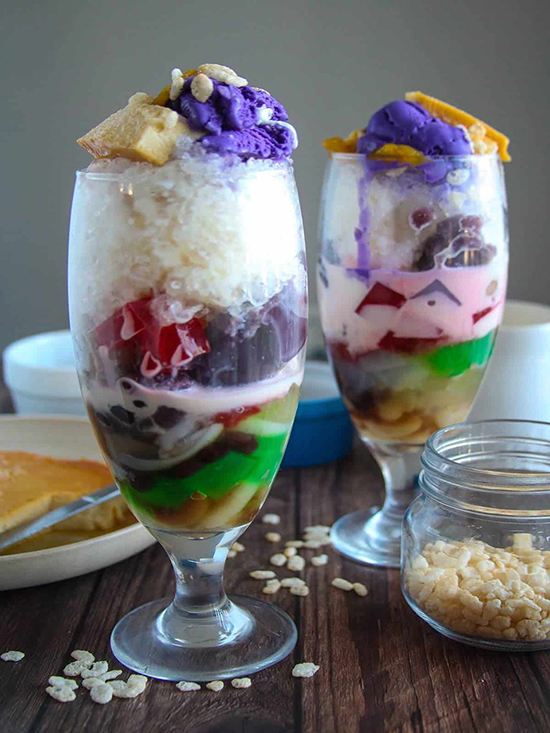
Well-known American endocrinologist Robert Lustig has begun a high-profile campaign against this substance and does not mince words when he says, “it’s the most demonizing additive known to man.” Sugar also has clear potential for abuse and addiction. Like tobacco and alcohol, it acts on the brain to encourage subsequent intake.
Having determined that sugar dependency is highly detrimental at many levels, what can we do about it? How can we control and lower our intake to avoid the listed aftermaths?
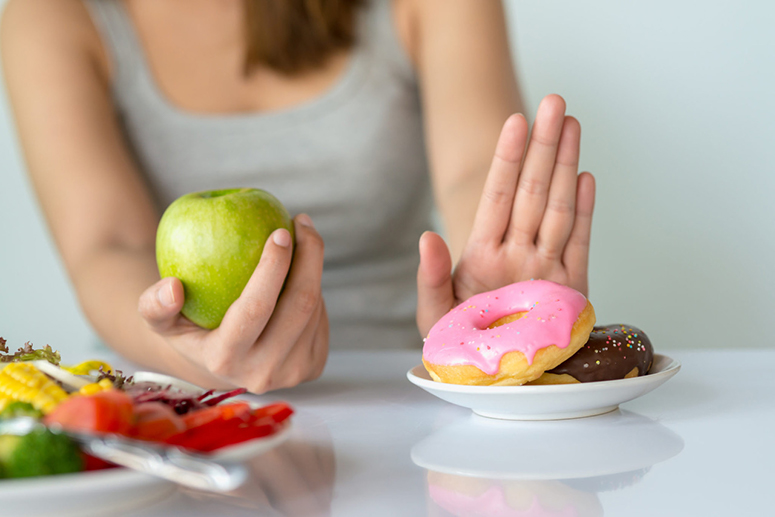
Here are seven simple ways to limit its consumption:
Start by recording your food intake. Write down everything you consume during a 15-day period. Include all your meals, snacks, drinks, and include your emotions: i.e., “I finished half of the pint of ice cream after my fight with Dad” or “I ate a whole bag of M&Ms because I was feeling sad.” This will help you recognize your triggers and connect the dots between emotional eating and real hunger.
Hydrate. Drink a full glass of water once the craving hits. We often confuse thirst with hunger. Water is a natural appetite suppressant, taking up space in your stomach, making you feel full and suppressing cravings. A green juice made only with vegetables is a great option. The nutrients, fiber and liquid will satisfy both thirst and hunger.

Practice awareness. Awareness is the basis for accomplishing any health goal. The first step would be to establish if you are hungry (your body lacks food) or if you are craving (intense yearning for something specific, in this case) for sugar. Might you be using food to substitute an emotional need? Are you frustrated, anxious, angry, bored or sad? Emotions have a close link to our eating habits. Sometimes all we need is a hug or to be heard or acknowledged. Once this is clear you can take action accordingly.
Eat complete and whole food meals. Whole food refers to unrefined, unprocessed foods free from additives. If you are still hungry after a meal it means it lacked the right amounts of either protein, carbs, grains or oils needed by your body to keep you satisfied. Include vegetables, fruits, poultry and fish, and whole, unprocessed grains, legumes, nuts and seeds. Avoid simple carbohydrates such as white rice, white flour baked goods and plain pasta, as they will convert into sugar once digested. Aim for brown rice and whole wheat options instead.
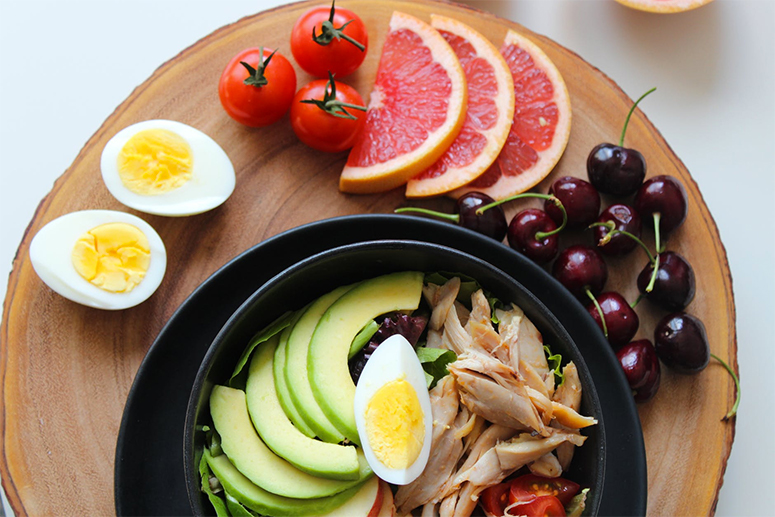
Prepare your snacks in advance. This is crucial. When the need for snacking or sugar hits, have your “emergency” high-protein, low-sugar healthy options readily available.
- Precut and store cucumbers, carrots, and celery sticks and dips such as hummus, taramasalata and guacamole.
- Mix nuts: raw almonds, walnuts and cashews with low-sugar fruits such as apples, kiwis, melon or berries.
- Have a slice of hard cheese like Comté or Gruyère with dried apricots or figs.
- Keep plain Greek yogurt always in your fridge and add fresh blueberries. Sprinkle with cinnamon for extra taste. If you have always associated “meal-ending” with something sweet, it is difficult to find closure if you haven’t met the need. Below are some alternatives to help you, but just remember a craving is a habit and it can be modified through awareness.

Learn how to enjoy herbal teas. Try a hot cup of peppermint, chamomile or cinnamon tea. These herbs have a natural sweetness, are calming and good for digestion after a meal.
- Eat a few dry dates. These fruits are high in fiber and are excellent natural sweeteners and very satisfying.
- Freeze grapes. This is the best! They are anatural option to satisfy your sweet tooth after a meal and boast potassium, magnesium and vitamin C.
- If chocolate is your weakness, go for dark chocolate and buy the best quality you can find with at least 70 percent cocoa. Again, use control and awareness, so you don’t end up eating the entire chocolate bar in one sitting. Frozen bitter sweet chocolate chips (the ones used for baking) make potion control a bit easier.
- Chew on a piece of gum or a mint after dinner. It neutralizes your taste buds and cleans your palate.
- Brush your teeth immediately after meals. The act of brushing gives a signal to the brain and body that it is time to stop eating.
Learn how to read food labels. Sugar masks itself under many names, so it’s important to familiarize yourself with them: fructose, sucrose, agave nectar, molasses, corn syrup, Florida crystals, muscovado, panela, evaporated cane syrup and barley malt, to name a few. Look out for these when buying any type of packaged food and don’t be misled.
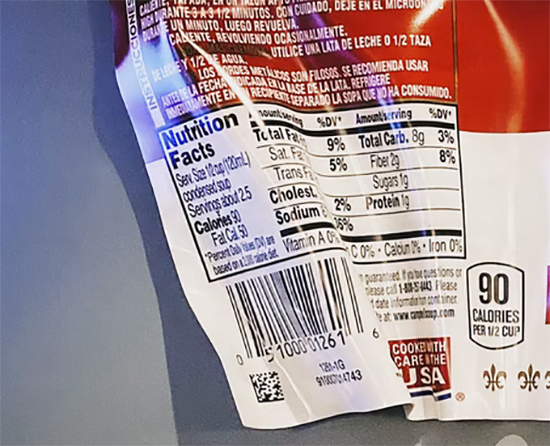
Don’t replace sugar with artificial sweeteners. Artificial options are much sweeter than sugar and contain few or no calories, but consuming them tricks the body into thinking that it is actually eating real sugar, which can intensify your cravings. You are trying to re-train your taste buds to create a lifelong habit rather than just a temporary behavior. Above all, go easy on yourself. It is nearly impossible to eliminate sugar completely from our diet, and the target is controlling the intake of added sugar to protect you from future ailments. Try to follow the 90/10 principle: 90 percent of the time you eat as healthy as you possibly can, while 10 percent of the time you are free to loosen up and eat the foods you truly like. Gift yourself with your favorite treat once in a while. Life “tastes” better when you are able to indulge in that occasional halo-halo, guilt-free.


